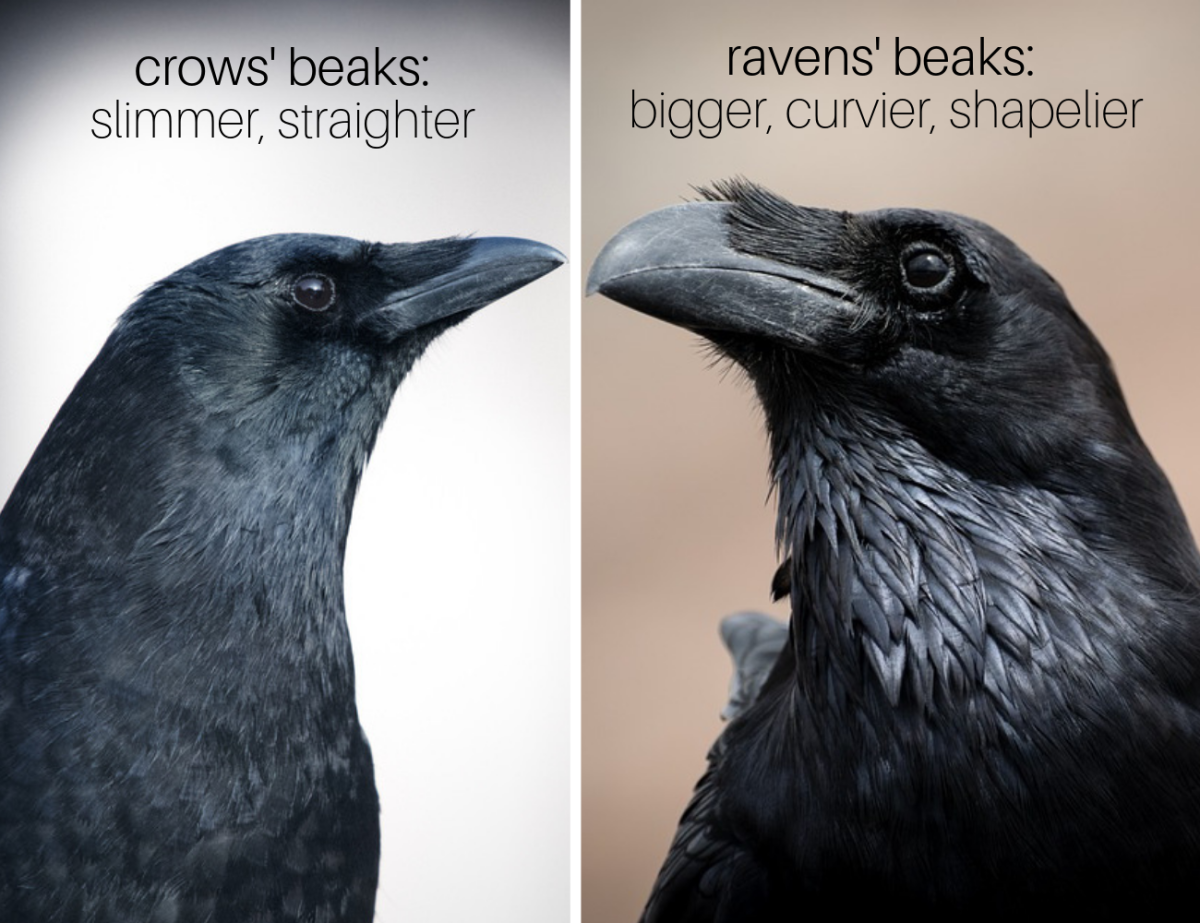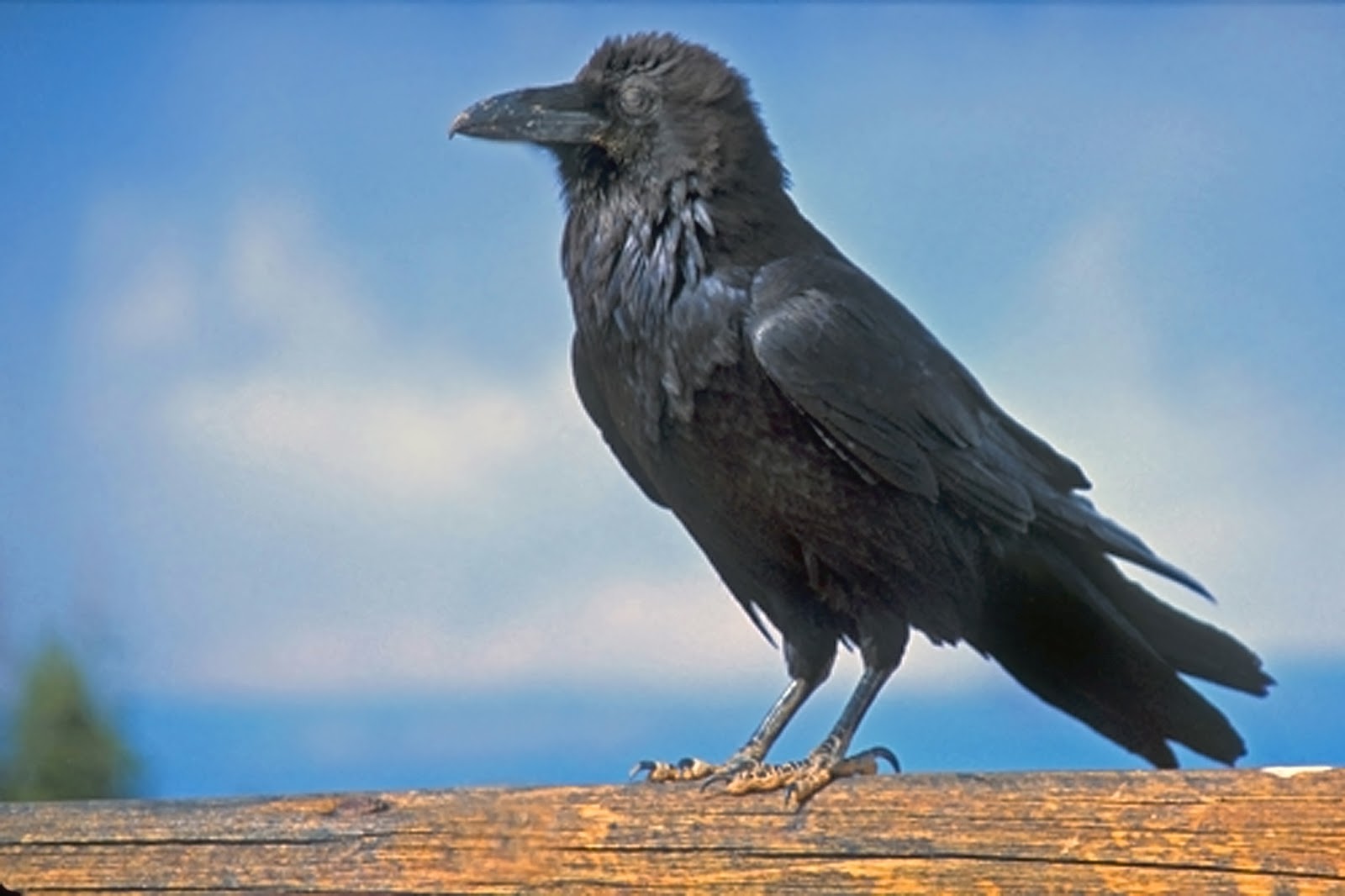

LOCATION-WISE: Common Ravens are much less common than American Crows in the Eastern United States. Its throat feathers are also quite shaggy. While both species have bristles at the base of the beak, the raven’s are noticeably longer. UP CLOSE: Ravens have bigger, curvier beaks relative to crows. Also, as mentioned in the podcast, the raven’s tail resembles a wedge, compared to the rounded fan-like shape of the crow’s. IN FLIGHT: Ravens ride the thermals and soar, whereas crows do more flapping. Listen and compare the American Crow to the Common Raven: ON THE GROUND: A Raven’s strut is often punctuated by a few two-footed hops (see video below).īY VOICE: While crows caw and purr, ravens croak and scream bloody murder. Read on for more raven versus crow clues: To hear them again, begin with a visit to our website,. The bird calls you hear on BirdNote come from the Macaulay Library at the Cornell Lab of Ornithology. Now can you tell? Is this an American Crow or a Common Raven? That’s a raven. But ravens produce a lower croaking sound. Ravens, however, have longer middle feathers in their tails, so their tail appears wedge-shaped when open.

The crow’s tail feathers are basically the same length, so when the bird spreads its tail, it opens like a fan. Also, watch the bird’s tail as it flies overhead. Ravens often travel in pairs, while crows are seen in larger groups. You probably know that ravens are larger, the size of a Red-tailed Hawk. But with a bit of practice, you can tell them apart.

You wonder: is that a Crow or a Raven? These two species, Common Ravens and American Crows, overlap widely throughout North America, and they look quite similar. Ravens can produce sounds that are remarkably similar to the sounds of. A large, black bird flies over and lands in a nearby tree. Ravens also have distinct dialects depending on what part of the world they reside in. You’re outside, enjoying a sunny day when a shadow at your feet causes you to look up.


 0 kommentar(er)
0 kommentar(er)
